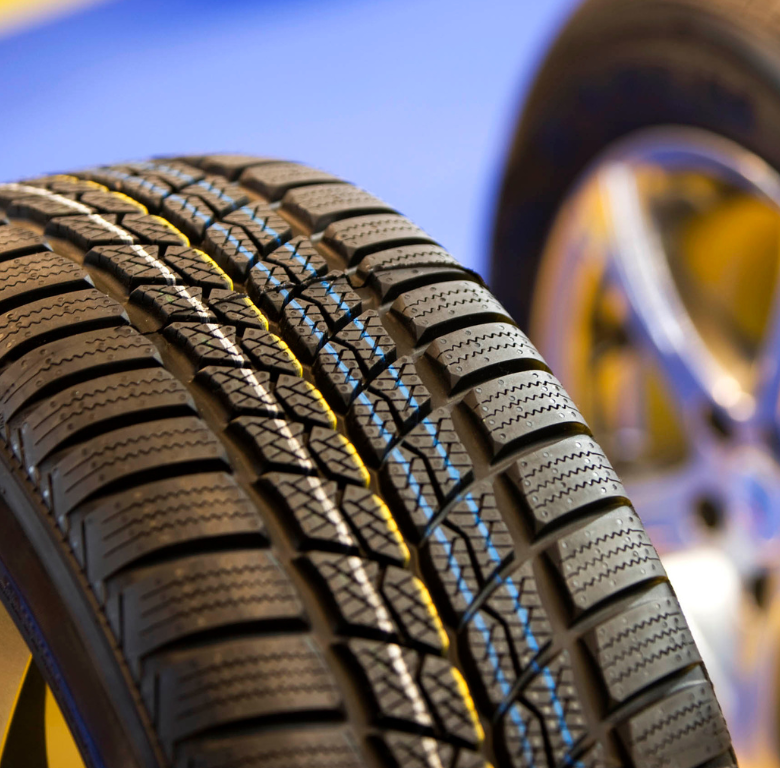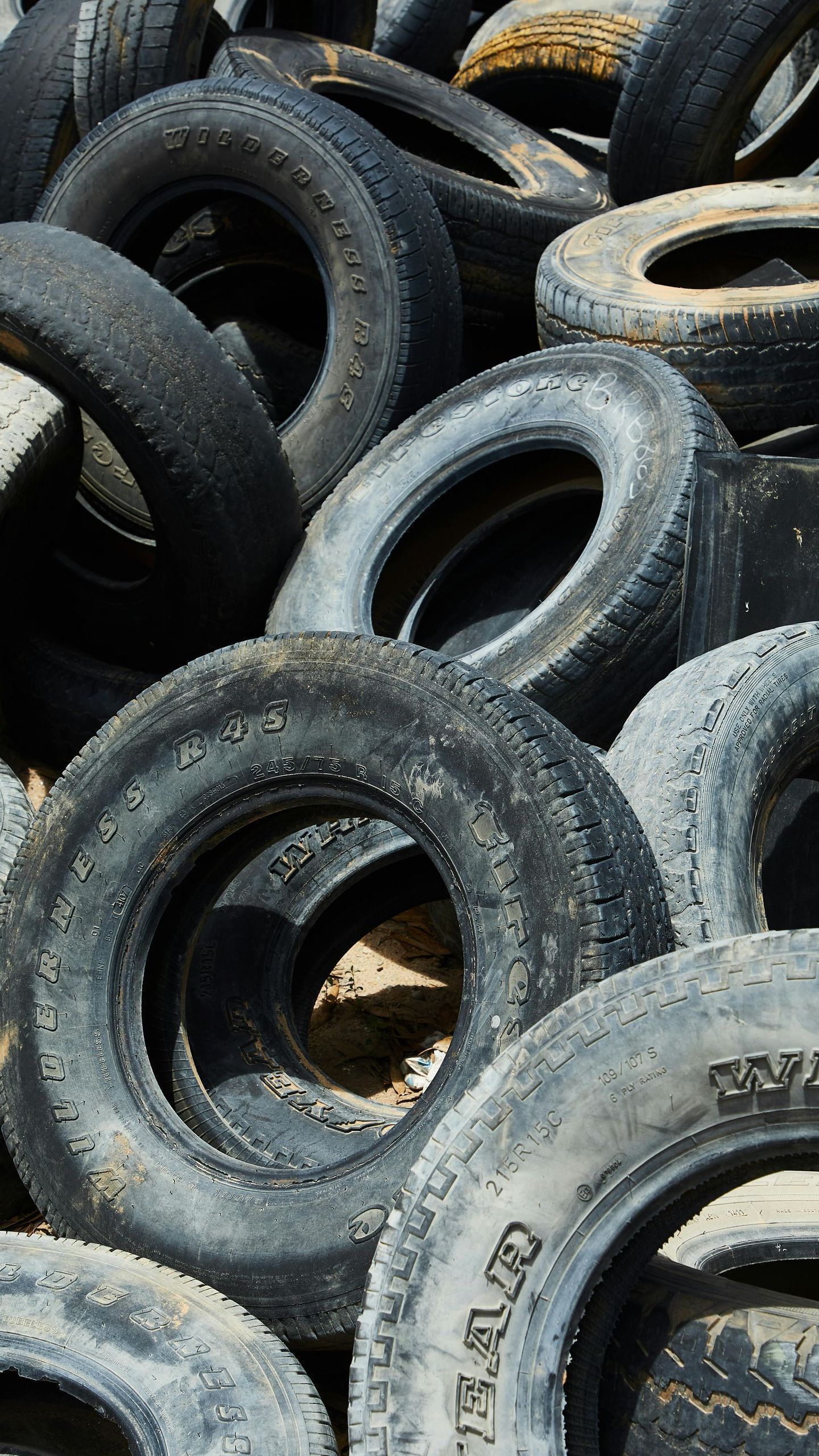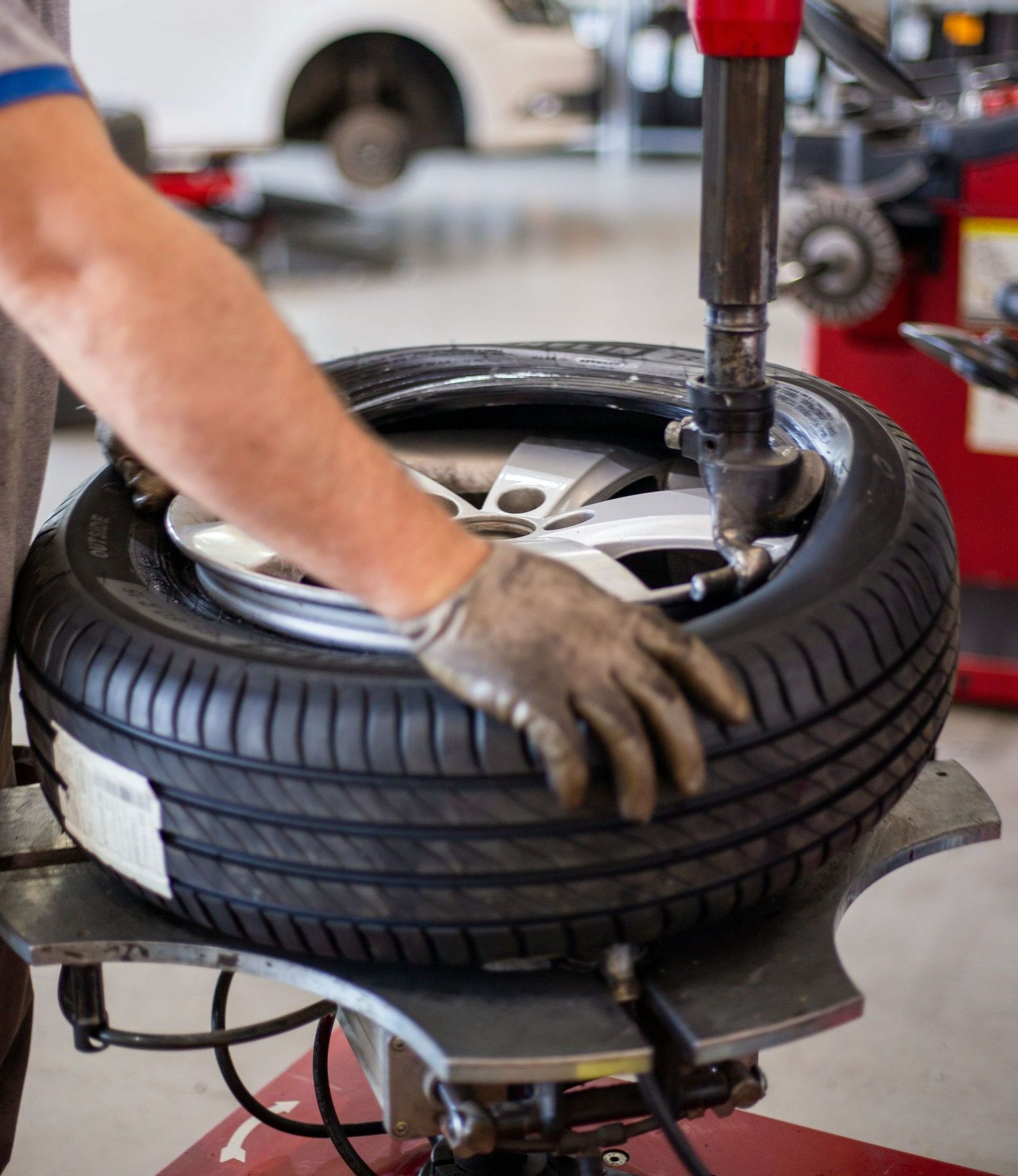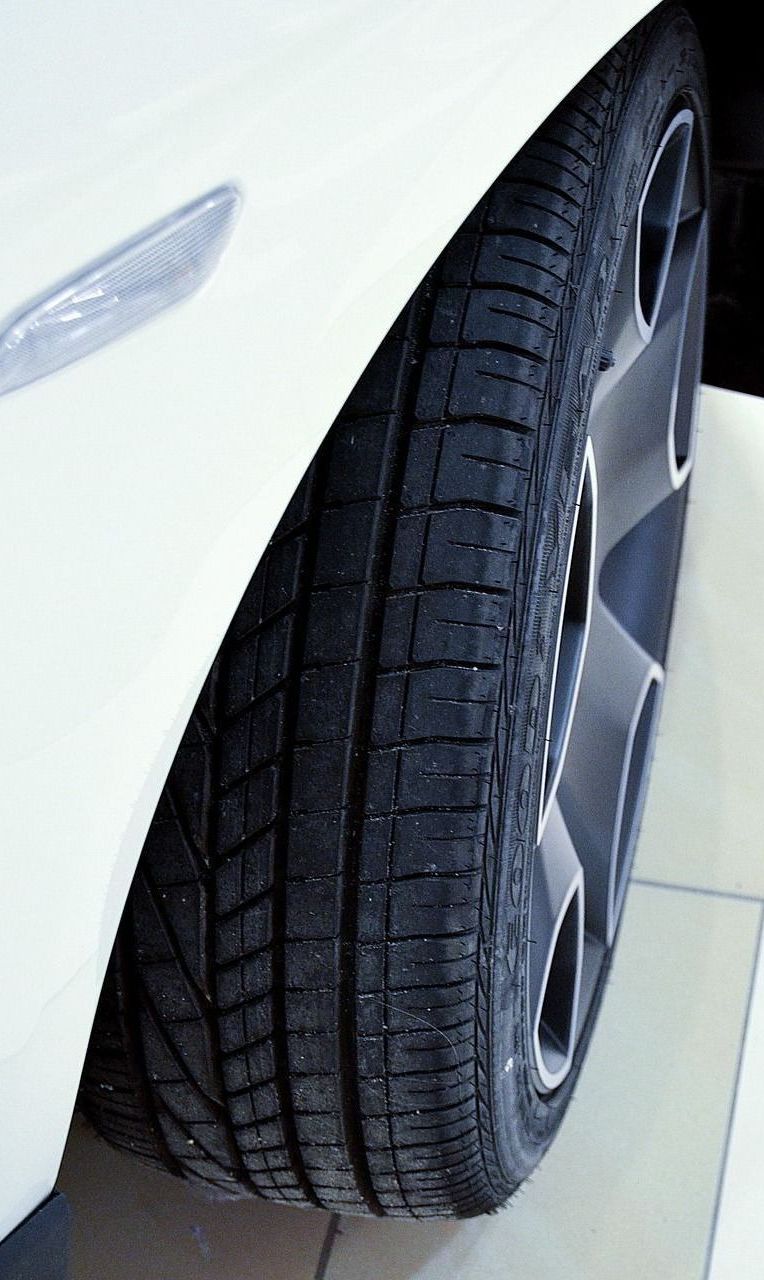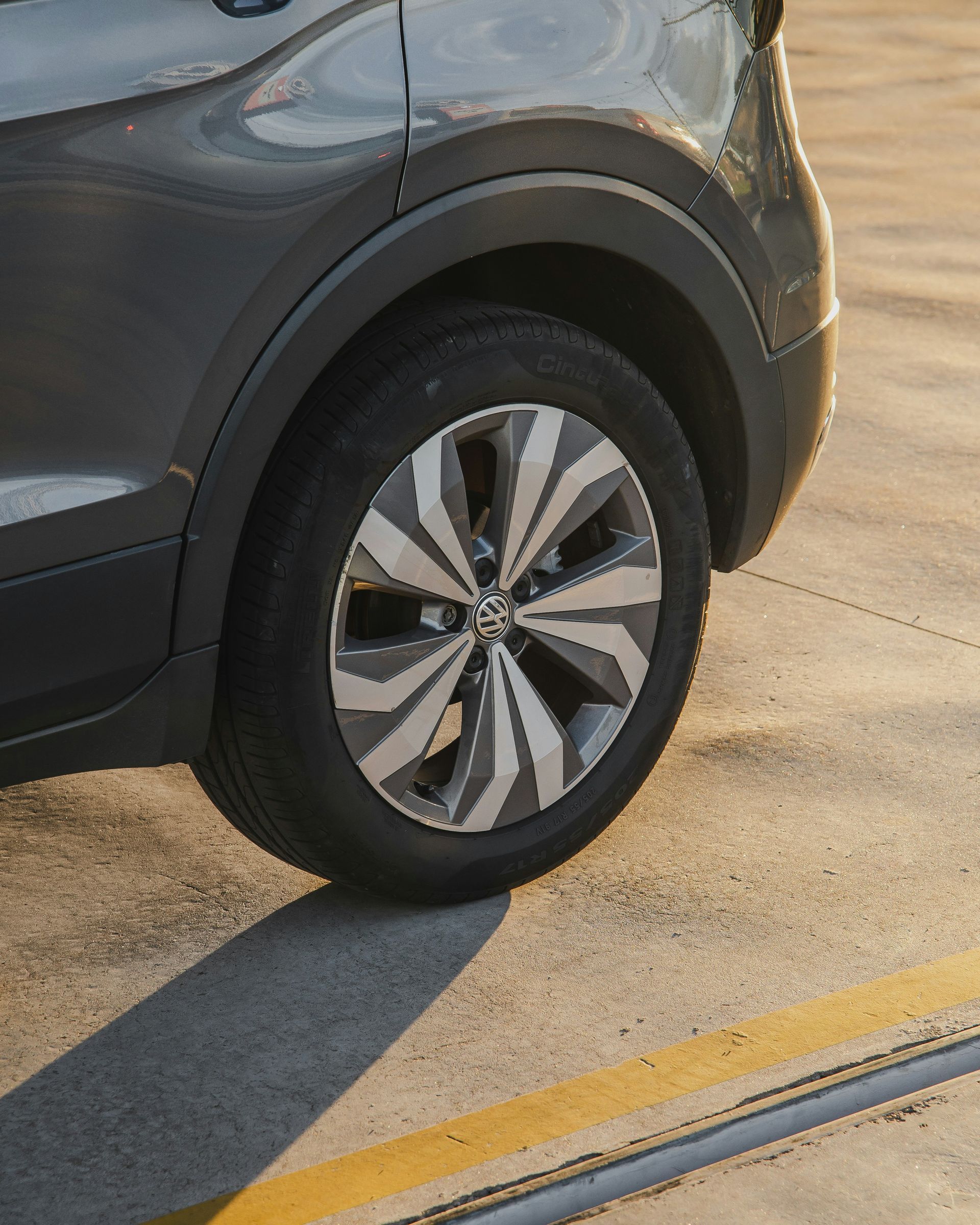The Truth About Used Tires: Are They Worth It?
Is the Savings Worth the Risk?
For many drivers, replacing tires is an unwelcome expense. It is tempting to cut costs by purchasing used tires instead of new ones. But are used tires actually worth it? And more importantly, are they safe?
At Raymond’s Tire Service, we understand that customers want affordable solutions without sacrificing safety. That is why we believe in helping you make informed choices, especially when it comes to something as critical as your tires.
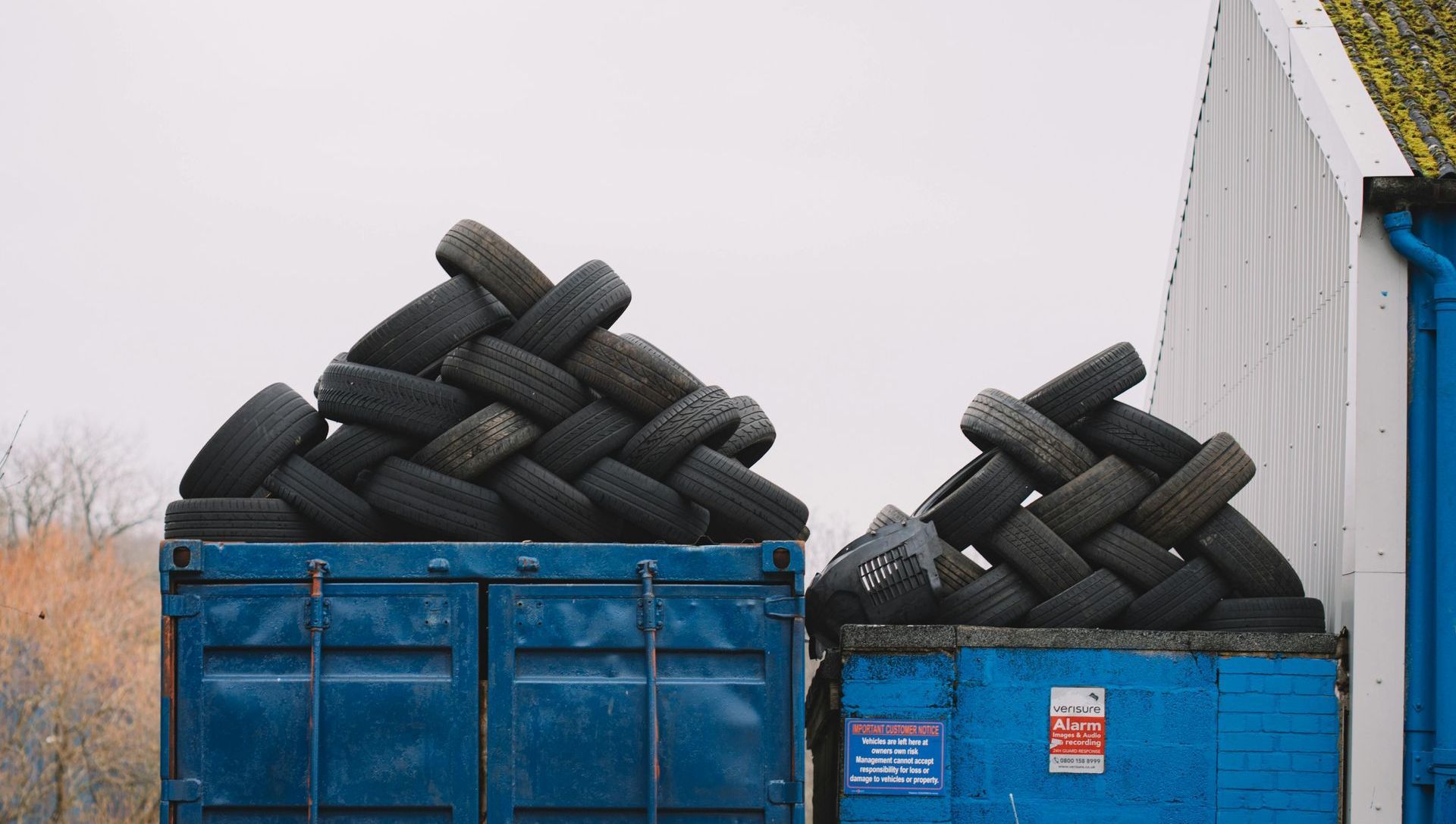
Why People Consider Used Tires
There are a few common reasons someone might consider buying used tires:
- Lower upfront cost
- Short-term solution for a vehicle being sold or scrapped
- Only need one or two replacements
- Limited driving miles per year
In the right circumstances, used tires can be a practical short-term option. However, that decision should never come at the expense of safety or long-term value.
The Risks of Buying Used Tires
Used tires are, by definition, tires that have already endured some level of wear and tear. Without knowing the full history of a tire, it is impossible to be completely confident in its integrity. Here are some of the key risks to be aware of:
1. Unknown Damage
Used tires can have internal damage that is not visible to the naked eye. This includes issues like
sidewall separation, belt damage, or exposure to extreme temperatures that may have compromised the rubber.
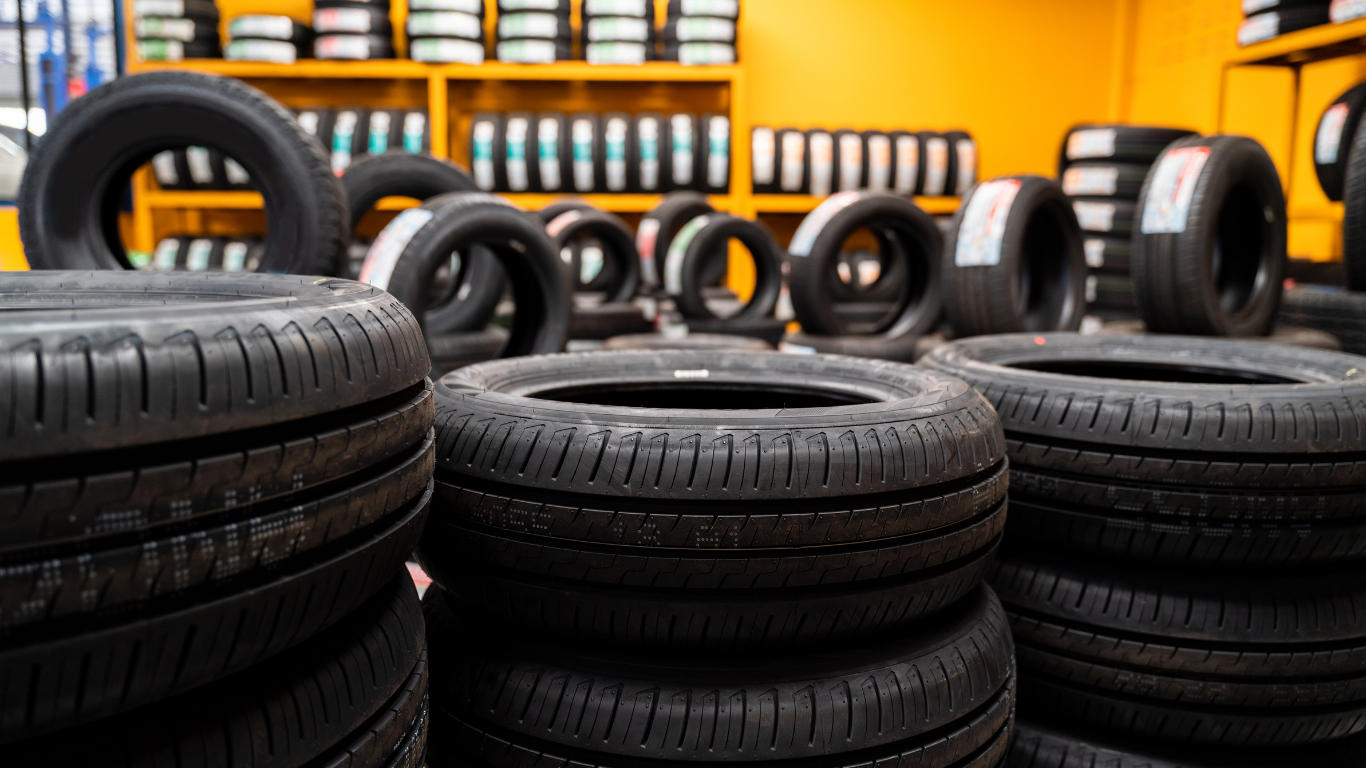
2. Tread Depth Concerns
Tires are considered legally worn out when they reach a tread depth of 2/32 of an inch. Some used tires may still look serviceable but are already approaching that limit, meaning they may not provide adequate traction—especially in rain or snow.
3. Patching and Improper Repairs
Some used tires have been patched or plugged in ways that may not meet current safety standards. A tire that has undergone multiple repairs or has been improperly patched should never be reused.
4. Age-Related Deterioration
Rubber degrades over time, even if a tire has not seen much use. Most manufacturers recommend replacing tires after six to ten years regardless of tread depth. A used tire with plenty of tread may still be unsafe due to age.
When Used Tires Might Be Acceptable
There are situations where used tires may make sense—for example, as a temporary solution while you wait for a new set to arrive. In some cases, high-quality used tires with verified low mileage can be sourced from reputable providers.
At Raymond’s Tire Service, we only carry used tires that meet strict safety standards. Every tire is carefully inspected for tread depth, structural integrity, and any signs of prior damage or repair. If we cannot stand behind it, we will not sell it.
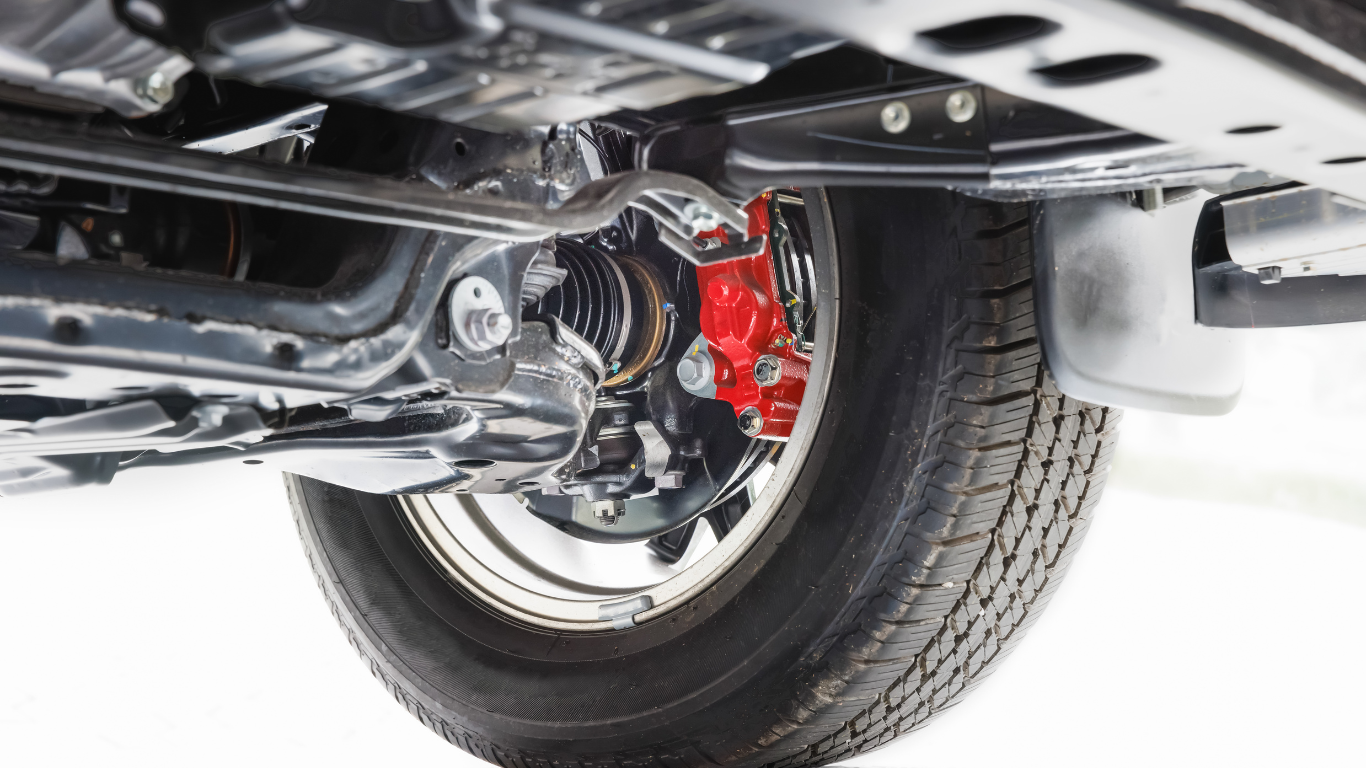
Used vs. New: A Cost Comparison
Used tires can appear to save money at first glance, but let’s look at a basic breakdown.
| Tire Type | Average Cost per Tire | Average Lifespan | Cost per Mile |
|---|---|---|---|
| Used Tire | $45-$70 | 20,000 miles | $0.0025-$0.0035 |
| New Tire | $90-$140 | 50,000 miles | $0.0018-$0.0028 |
While used tires are cheaper up front, they wear out faster and may cost more per mile in the long run. New tires also include manufacturer warranties, greater peace of mind, and often better fuel efficiency.

The Raymond’s Tire Service Approach
If cost is a concern, talk to our team. We can help you compare your options and decide what works for your budget without cutting corners on safety. Whether you are interested in new or used tires, we make sure every product meets the same high standard before it ever touches your vehicle.
You can also explore financing options and seasonal deals that may make new tires more accessible than you think.
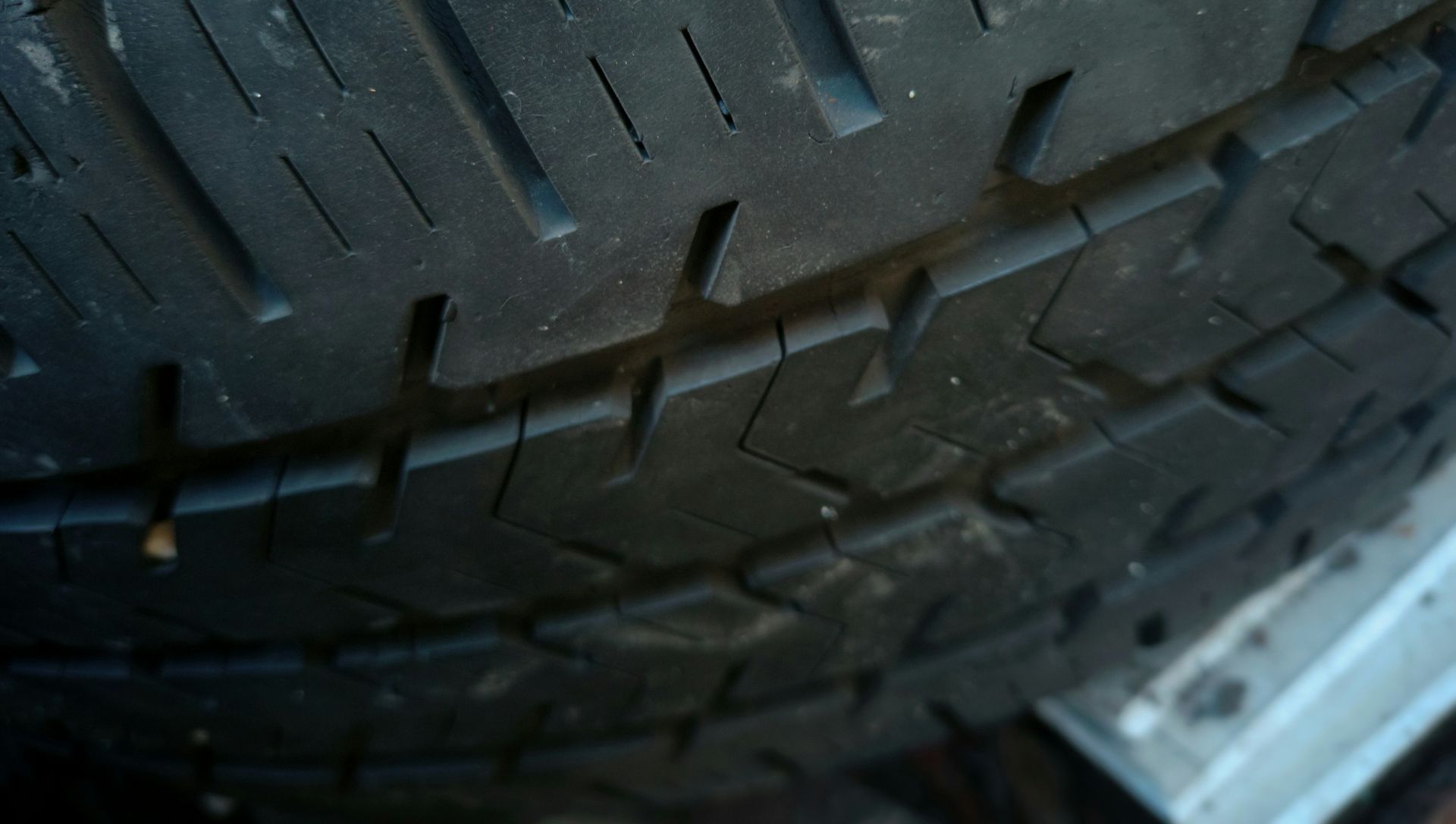
Final Thoughts
Used tires are not inherently dangerous—but buying them from unreliable sources can be. Your tires are your vehicle’s only point of contact with the road. Any compromise in quality or safety can have serious consequences.
If you are considering used tires, make sure they come from a trusted source like Raymond’s Tire Service. We are committed to helping you stay safe, no matter your budget.
Ready to find the right tires for your vehicle? Contact us today or stop by our Boston shop for a free consultation.






